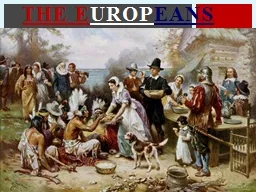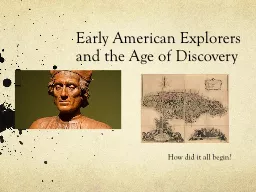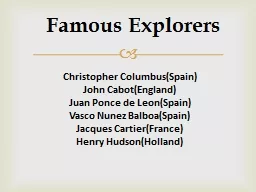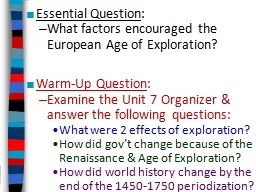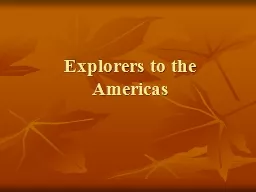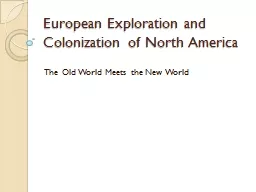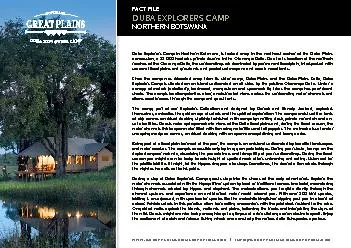PPT-THE E UROP EANS The following are tools or instruments that were used by early European
Author : test | Published Date : 2018-02-16
A pictorial or graphical representation of the earth or part of the earth that gives details NAVIGATIONAL TOOLS 1 MAP NAVIGATIONAL TOOLS The following are tools
Presentation Embed Code
Download Presentation
Download Presentation The PPT/PDF document "THE E UROP EANS The following are tools ..." is the property of its rightful owner. Permission is granted to download and print the materials on this website for personal, non-commercial use only, and to display it on your personal computer provided you do not modify the materials and that you retain all copyright notices contained in the materials. By downloading content from our website, you accept the terms of this agreement.
THE E UROP EANS The following are tools or instruments that were used by early European: Transcript
Download Rules Of Document
"THE E UROP EANS The following are tools or instruments that were used by early European"The content belongs to its owner. You may download and print it for personal use, without modification, and keep all copyright notices. By downloading, you agree to these terms.
Related Documents

